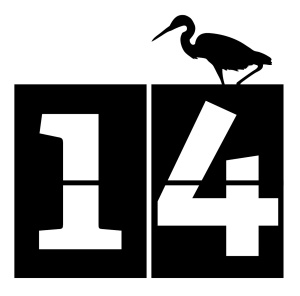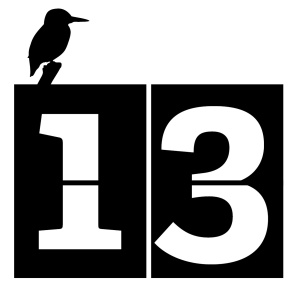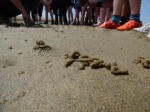Life goes on
I haven’t managed to write a blog post for three months now, which is just crazy. Due to a combination of being incredibly busy at work, very busy with A Focus On Nature work and some not-so-great stuff happening in my personal life, I haven’t had the time to write. And when I have, the latter has meant that I am not feeling particularly inspired either.
I hope that everything will calm down and sort itself out soon, and that I can return to writing. If so, it is likely that posts will be sporadic for a while before I manage to make a regular posts again. Until then, you can see what I have been up to in the past few months below (most recent first). I haven’t managed to include anywhere near everything I have been up to, but it will give you a flavour of how busy I have been!
Look closely and you'll see David Attenborough listening intently to @meganshersby pic.twitter.com/SB7PFuD2Jm
— Fiona Gilsenan (@fionagilsenan) September 24, 2016
AFON represented at #NatureMatters16
R-L: Grace Burger, Sam Manning, @MeganShersby, @WelshLassy1989 & @PeteMRCooper pic.twitter.com/sLftP0u5kt— A Focus On Nature (@AFONature) September 23, 2016
Lizards!! Inc a selfie with the baby lizard because it's a baby lizard!!!! <3 pic.twitter.com/1wNpxr8GM2
— Megan Shersby (@MeganShersby) September 21, 2016
@MeganShersby & @BirdgirlUK were well in there with Dave. #StateofNature @AFONature pic.twitter.com/HLedgTdPG0
— Tiffany Francis (@tiffins11) September 14, 2016
The four speakers at the #Stateofnature launch. First 3 all called on @andrealeadsom & UK gov to take real action pic.twitter.com/gRuLaaC56e
— Megan Shersby (@MeganShersby) September 14, 2016
As wildlife mad as I am, this is the 1st time to report that lst night I was kept awake by a caterpillar. #teammoth pic.twitter.com/VXwuPkcNU7
— Megan Shersby (@MeganShersby) September 9, 2016
Unexpected handling of a fledgling swallow today when it landed on a visitor's hat, which was still on his head! pic.twitter.com/lj2GpDq62l
— Megan Shersby (@MeganShersby) August 28, 2016
Don't worry folks, it isn't acne or measles – just mud from the family event today! #outdoorlearning pic.twitter.com/1wKAZT7TYD
— Megan Shersby (@MeganShersby) August 24, 2016
. @MeganShersby takes the stage to mention how wonderful @AFONature is. #birdfair pic.twitter.com/UDoku0kDiJ
— Ryan Clark (@RyanClarkNature) August 21, 2016
We love our new header photo – taken at #Birdfair this year. The group grows every year! pic.twitter.com/7yZabZwE0h
— A Focus On Nature (@AFONature) August 27, 2016
Nice to bump into an entomologist at Wicken who started showing me beetles in the cow dung. Fascinating stuff pic.twitter.com/z2KfgPF7Gv
— Megan Shersby (@MeganShersby) August 1, 2016
The day has finally come & I can share the #Visionfornature report from @AFONature with you!https://t.co/7aJuvGCmbI pic.twitter.com/VfRQiSzBy6
— Megan Shersby (@MeganShersby) July 25, 2016
Panel answering questions from audience at #planfornature. pic.twitter.com/JMBdB9bteZ
— Megan Shersby (@MeganShersby) July 19, 2016
It has been rather warm today, so I got the schoolchildren to build me a shelter so I could have some shade pic.twitter.com/C6ojhFb9WK
— Megan Shersby (@MeganShersby) July 19, 2016
A new place now added to my "best wildlife (& camping) sites" list! I can definitely recommend @KneppSafaris! pic.twitter.com/QSBsJOl2o5
— Megan Shersby (@MeganShersby) July 17, 2016












































